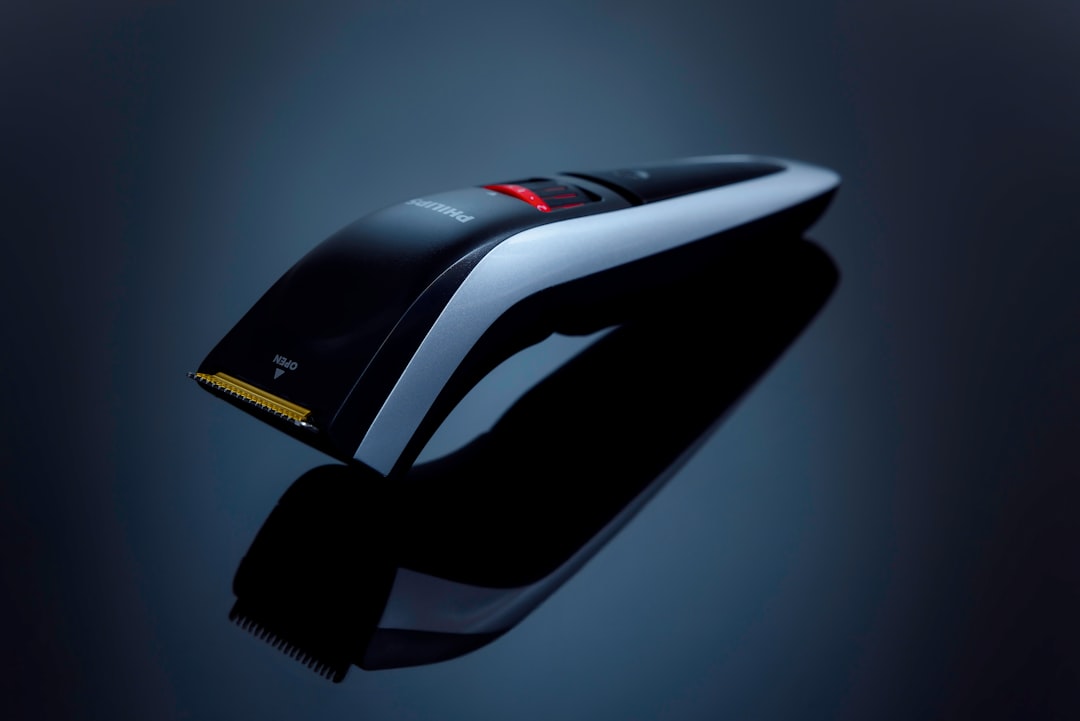
Philips (AMS:PHIA) slashed its 2025 profit margin outlook on Tuesday, citing an expected net impact of €250–€300 million from U.S. tariffs — even after applying “substantial tariff mitigations.” The move reflects the growing pressure multinational healthcare companies face as trade tensions resurface ahead of U.S. elections.
With the United States accounting for 40% of Philips’ projected 2024 sales, and much of its consumer medical equipment sourced from China and Europe, the tariff risk directly strikes at its core operations.
CEO Roy Jakobs acknowledged the challenge, stating the company remains focused on “what we can control,” even in a worsening macro environment.
Tariffs Bite, Margins Suffer
Philips now expects its adjusted EBITA margin to land between 10.8% and 11.3% for the full year, down from earlier guidance of 11.8%-12.3%. This comes despite slightly better-than-expected Q1 sales.
For a clearer picture of Philips’ underlying financial health, analysts are closely reviewing filings such as the Full Financial as Reported, especially to track shifts in regional cost structures and currency effects. The recent customs duty of €38 million paid last year, as per Philips’ disclosures, already hinted at rising import-related headwinds.
The company is looking to leverage mitigation tools, including the Nairobi Protocol, which provides exemptions for certain medical devices treating chronic conditions.
What Analysts Are Watching
With tariff policies still under review and Washington launching fresh investigations into the pharma and health-tech sectors, market watchers are focusing on how companies will adapt. For instance, upcoming sector-specific financial trends — accessible via Financial Growth data — can help spot early warning signs across operating margins and sales trajectories for firms exposed to trade-sensitive supply chains.
Philips is now the canary in the coal mine: a case study in how industrial trade policies can reshape the healthtech profitability landscape.
